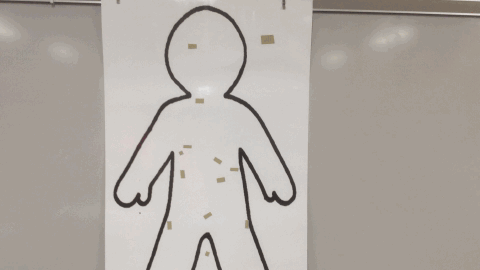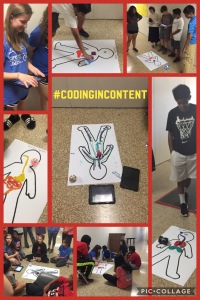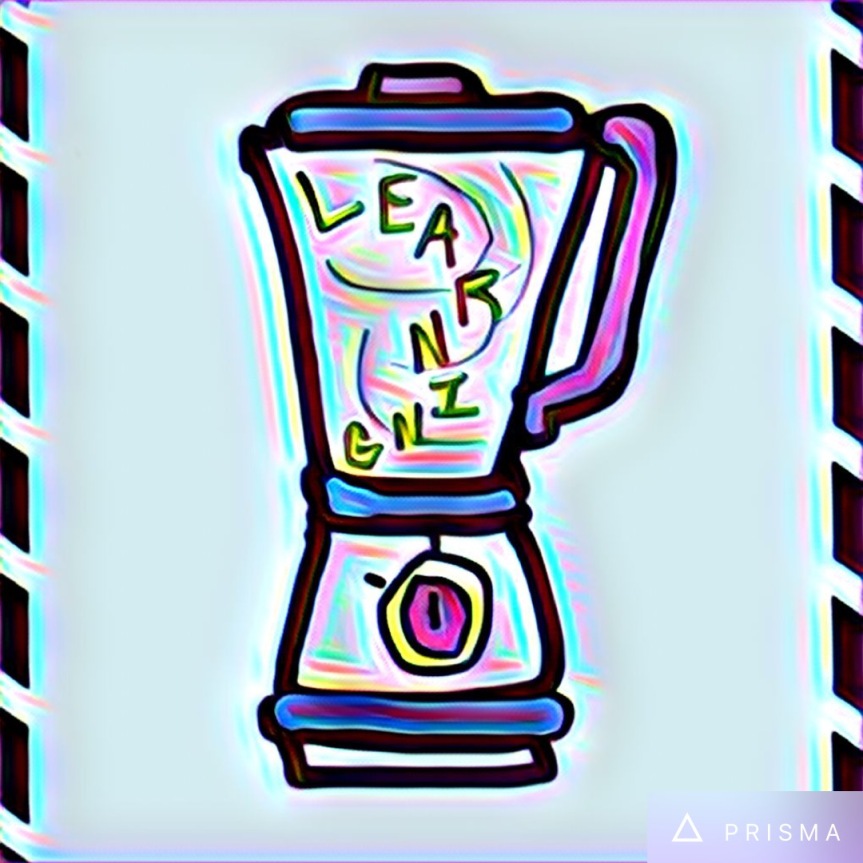I have been thinking a lot about my teacher beginnings and the funny and not-so-funny happenings; which have become my stories over the years. My next few blog posts will be a series of “learning moments.” I want to start with a now, funny story of Horses and Goats and Prayers!
So, my first year of teaching I wasn’t really supposed to actually be teaching. I was hired as an athletic trainer, non-teaching position. As experienced teachers know, assignments can change in a moments notice before school starts. So, I was now teaching a section of PE and Speech! What?! I did have a background in PE as my major was Exercise and Sport Studies with a minor in Biology. Speech was an interesting assignment. Hmmm. You may have guess that I wasn’t certified to teach Speech by now while you read. Well, I wasn’t and the principal got his hand slapped for that move….but, I digress.
My Speech class turned out to be one of my all-time favorite experiences. New teacher, no curriculum, no certification-hands down one of the best experiences of my teaching. I think fondly of that class.
It was about my fourth week of school and we had read our favorite children’s book to warm up to talking in front of the class. We had completed our obligatory All About Me speech and were working on our How To speech.
The day had come for speeches. My first district was a rural one and we had completed a How To Change An Alternator, How To Bake A Cake, etc. I called on my next speaker and she said, “Okay, we have to go outside. I’m doing How to Tie a Goat.”
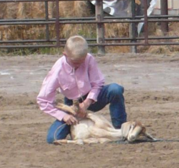
Me: “You brought a goat to school?” Not quite sure how I managed to ask this question as my jaw must have dropped to the floor.
Student: “Yeah, my Mom has my goat outside.”
Me: “Your Mom has your goat outside right now?” utterly in shock.
Student: “Yes.”
Me: “Okay, {pause} let’s go outside.” as I FREAK OUT IN MY HEAD!!!!
Here is the conversation in my head as we walked outside: “Oh my gosh, can we go outside?, Is this okay? They brought an animal to school!, Oh my gosh, I’m going to get fired, I guess it was nice while it lasted…”
We get outside and Mom pops the hatch back of the SUV and my young lady proceeded to show us How to Tie a Goat. Now, I grew up in the country and raised many animals including goats. So, it wasn’t that I was new to animals, rural areas or even goat ropin’.
The whole time she’s giving her speech my internal dialog consisted of: “Oh God, please don’t let the principal come out here. I don’t see anyone about, please don’t let anyone see this. Pay attention to her speech, Sunny, your grading this! Please don’t let the principal to come our here. Hurry up!” Make it back to the classroom. Whew, it was a close one. No one is the wiser.
Day Two
Speeches continue. I call on a young man that is not too keene on school, nor does he talk much. The strong silent type. He has his speech! HE HAS HIS SPEECH! SUCCESS! YES!
Student: “I’m going to do How To Saddle a Horse.”
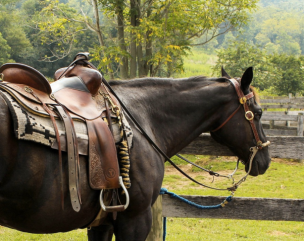
Me: “You brought your horse to school?” thinking, that’s a LOT bigger than a goat. I don’t think your Mom brought it to school in the back of a SUV. Crap. Why didn’t I ask if anyone else was planning on bringing an animal to school. *Me now: “Rookie mistake!” 🙂
Student: “Yes, I brought by trailer and truck. It’s okay I’m in Ag.”
Me: “Okay, let’s go outside.” as I cringe and say another prayer.
We arrive at the trailer. The student already has his horse ready and tied to the back of his trailer with the tack ready for his speech. He gives a fantastic speech! I am so proud. Guess what same dialog in my head. I think I’m going to get fired and sure hope that a principal does not walk by – why would they? We are in the remote back of the school, right? Nope. Just about the time the young man is finishing his speech not only the head principal, but the associate principal BOTH walk up!
I’m petrified and braced for the worst.
Principal: “You think outside of the box Strait (my maiden name).” as he keeps his stride moving on.
What?! I wasn’t dead. I not only wasn’t fired, but got a compliment!? Note to self: Ask if any other students are bringing a freakin’ animal to school!
My most favorite story to tell other teachers, but especially new teachers. It’s great lesson in flexibility, taking risks and trusting your students.
Do any of you have some great stories to share? Please share in the comments! I would love to read them!


